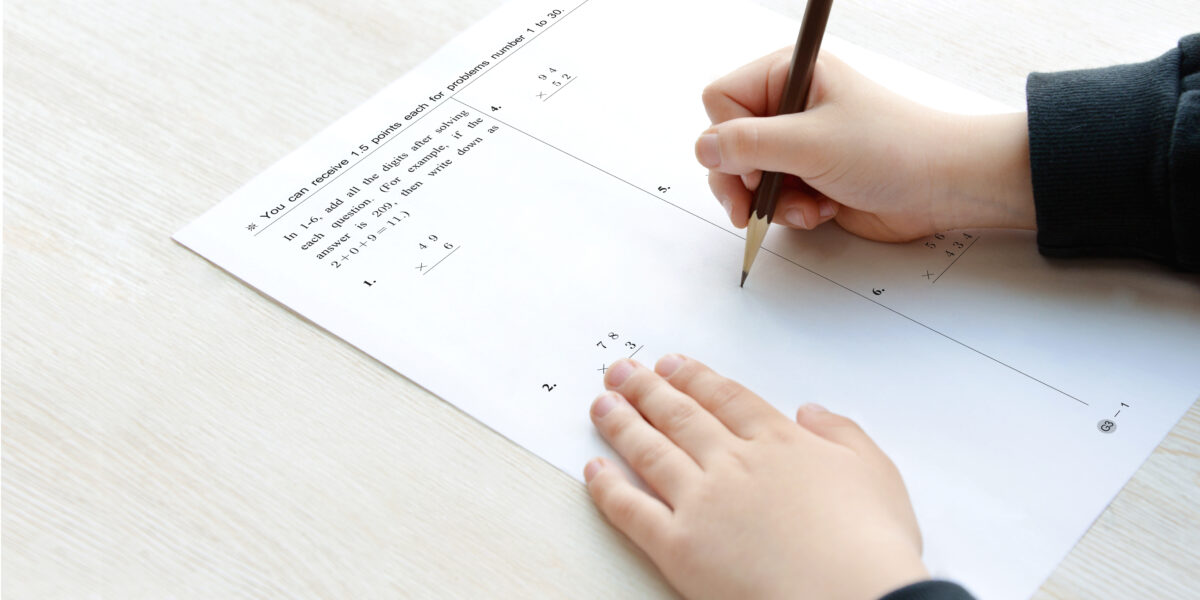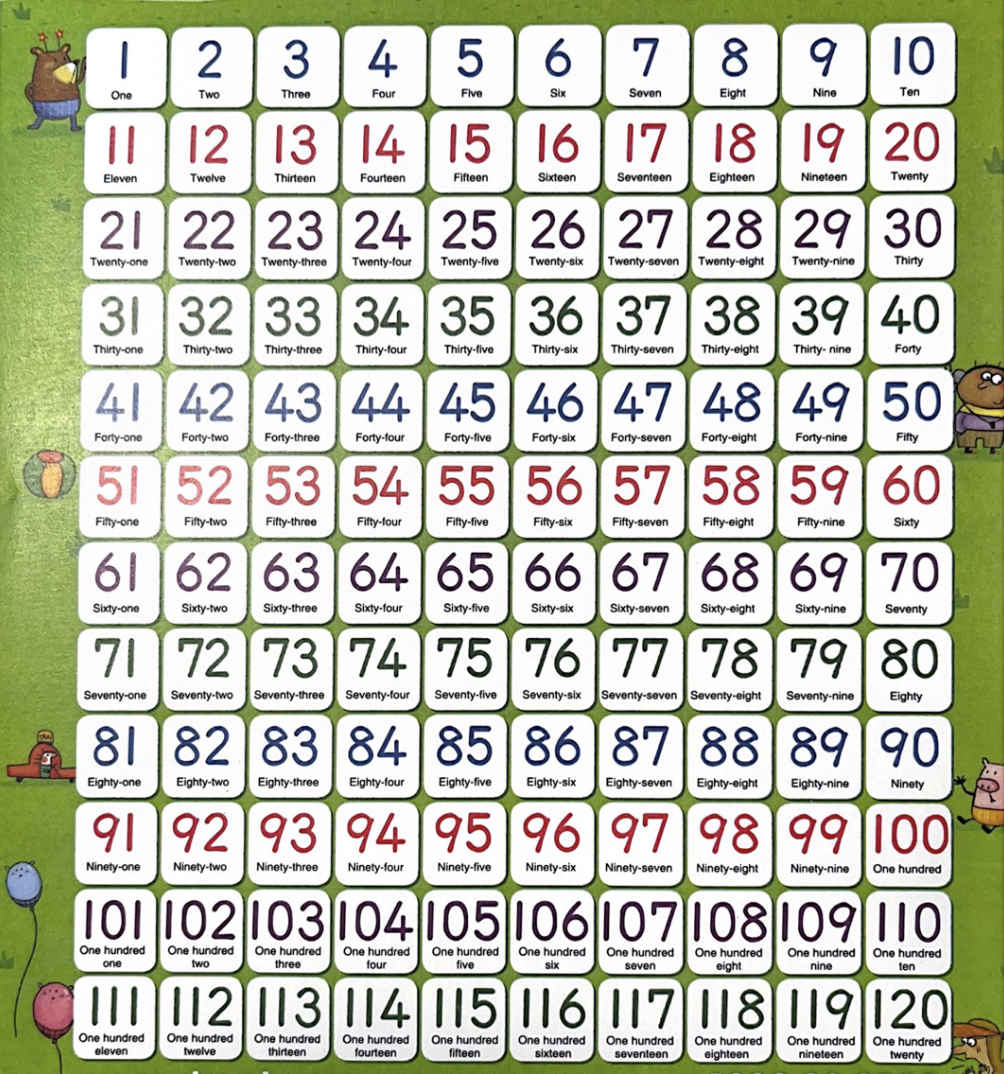What is Arithmetic?
The word “Arithmetic” originated from Greek arithmētikē (tekhnē) which means ‘(art) of counting’, and from ‘arithmos’ which means ‘number’.
The other branches of mathematics are Algebra, Geometry and Analysis.
Arithmetic is therefore the “branch of mathematics that deals with the study of numbers using various operations on them. Basic operations of math are addition, subtraction, multiplication and division. ” SplashLearn, 2022.
Therefore, arithmetic is fundamental to all other fields of mathematics.
Arithmetic is comprised of the following laws:
Natural Numbers
A natural number is simply numbers that originated from counting a set of objects, 1..2..3 and so on. This forms the basis of addition.
To strengthen a child’s ability to count and recognise numbers they must first be able to read and recite the numbers in order. From there, children need to be able to recognise the numbers out of order. Ask your child to find and point to a number between 1 and 120. When your child can do this over and over again, they are on the way to being able to add.
Addition and Multiplication
If you think to most textbooks/exercises at schools now, they show addition by combining two sets of objects together. Many young children will learn how to add by being given a set of counters, then asked to bring together another set and find out what the sum is.
The easiest way to learn how to add is by learning the “next number concept”. 1, next number is 2. Therefore 1+1=2. This same strategy can be used to learn how to add 2. 1, next next number is 3. Therefore 1+2=3. And so on until your child can add proficiently.
Multiplication is then a repeated set of numbers that you add together. 5×3 is the same as 5+5+5. The answer of 5×3 is the product.
To differentiate between addition and multiplication is word problems:
An addition problem will ask you “to find the sum”. Whereas a multiplication problem may ask you “to find the product”.
Subtraction
Similarly to addition, subtraction is often learnt in schools as being given a set of counters and then taking away a certain number of them too. Hence, subtraction is just the reverse of addition.
Division
Division is definitely the reverse of multiplication as subtraction is the reverse of addition. However the greatest difference with division is that you can treat it as the precursor to Order of Operations.
Long division (the 4th stage in the image above) is where students will develop firstly the idea of “Estimation”. No one knows their 36 times tables, however if you estimate with 40 it is far easier to then get into a ball park to be able to divided 455 by 36. You will then subtract to find the remainder. Depending on how long the number is to be divided, you repeat the process.
So to complete one equation, you have to make more than 4 calculations. It is a complex process, and one many students find difficult to understand and tedious. But with some simple instruction in Eye Level, the ability to do long division actually strengthens a student’s mental arithmetic and pattern recognition.
Once students are comfortable with the basis of arithmetic: addition, subtraction, multiplication and division; fractions will become a breeze.
______________________________________________________________________________________
If you want to find out more about how the Eye Level Maths programme can help your child, go here.
Find out more detail about our English Programme here.
Reference:
IvyPanda. (2021) ‘The Development of Arithmetic Concepts and Skills’. 21 June. (Accessed: 1 August 2022)



